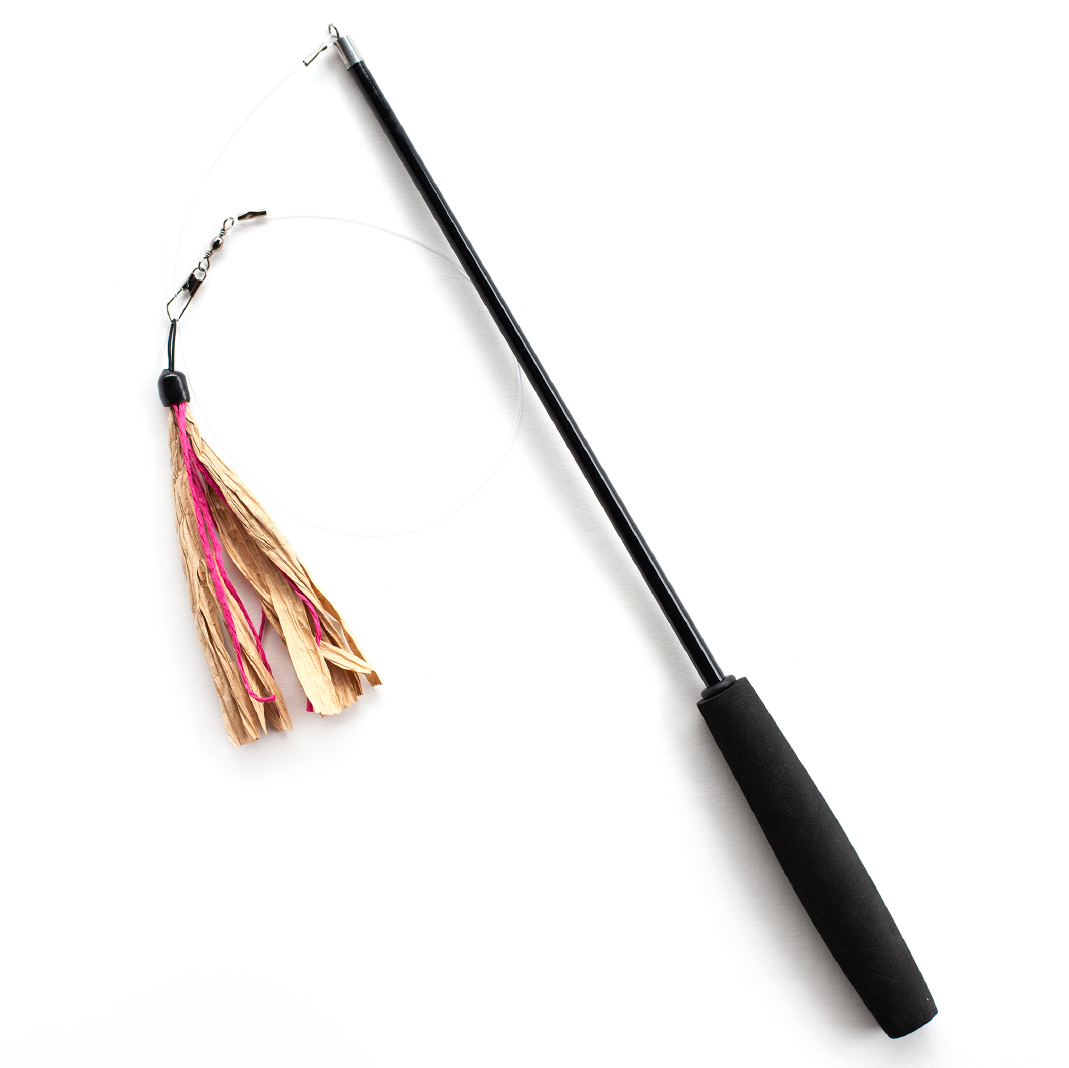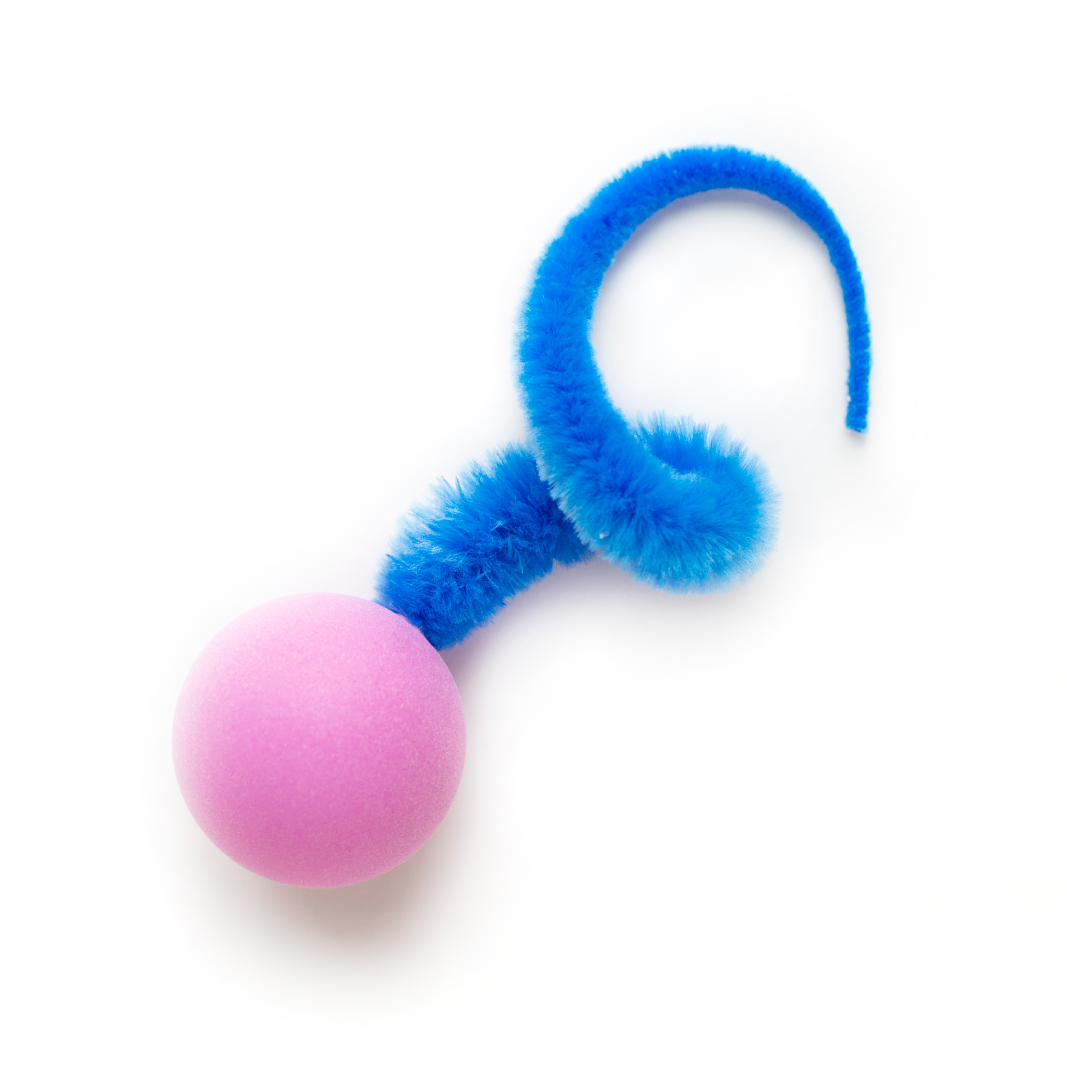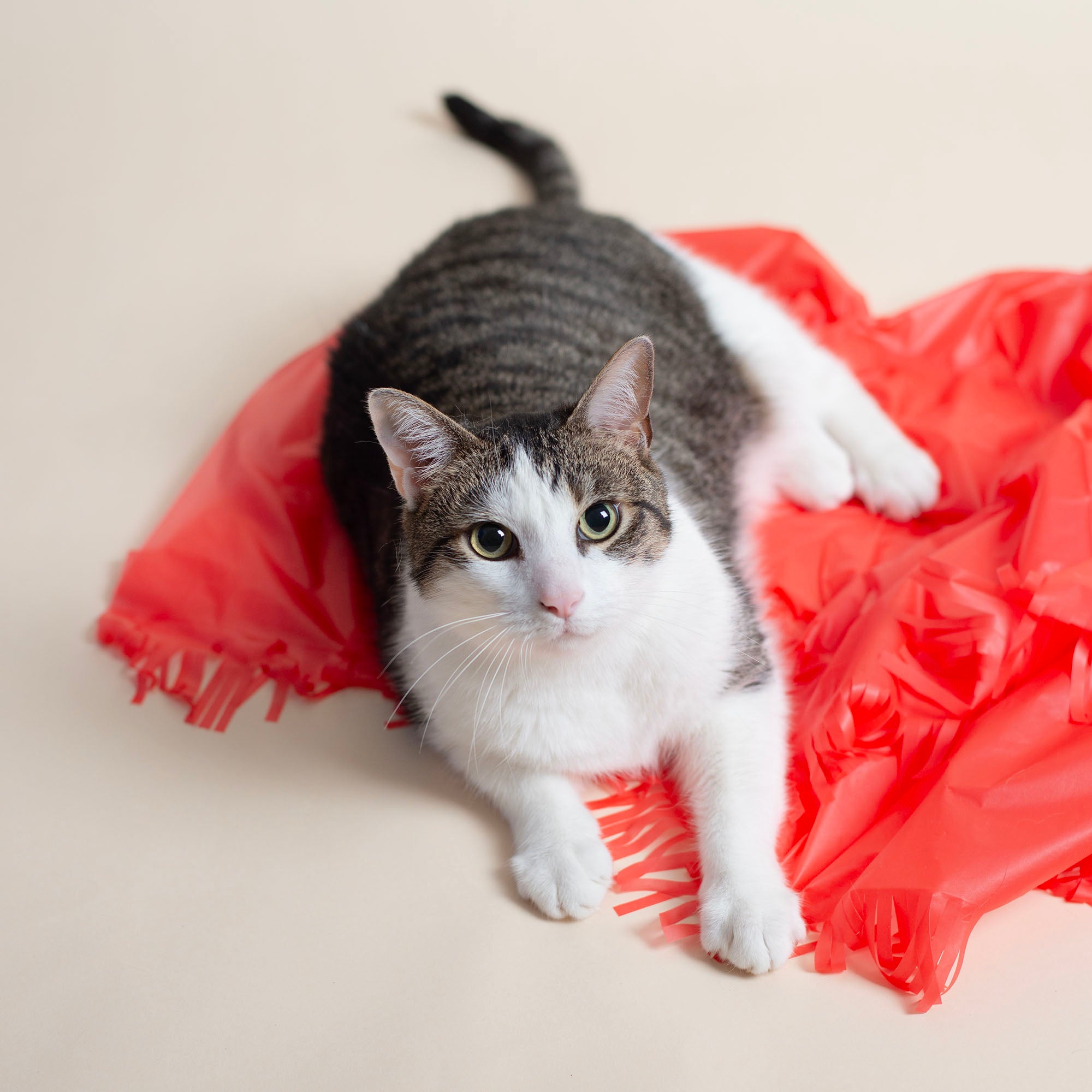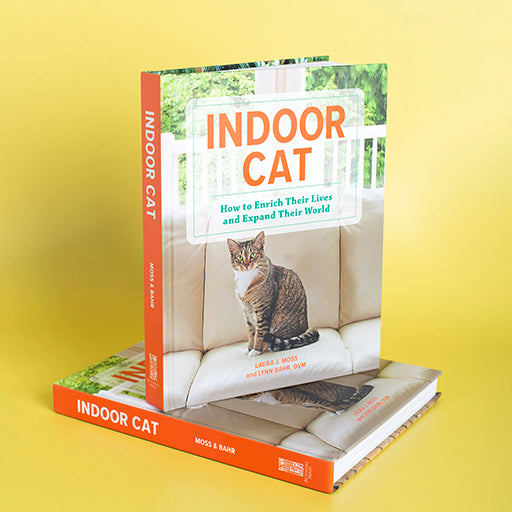5 Things Every Indoor Cat MUST Have to be Happy

For years my aunt and uncle had cats who were free to roam outdoors as they pleased. Then one day the unthinkable happened: they found their beloved cat Dante in the backyard, mauled to death by another animal. From then on their cats were relegated to exploring the great indoors, and no further. It’s an unfortunately common story, and in our deep desire to protect our furry little felines, more and more cat owners are preventing their kitties from ever going outside. In fact, more and more animal shelters will only adopt out cats to people who promise to keep them indoors to keep them safe.
And while keeping cats inside certainly prevents attacks like the one that befell poor Dante, it also creates a new set of issues. Cats instinctively like to roam, maintain large territories, and hunt. And if they can’t feed these instincts, then cats are prone to anxiety and depression, which manifests itself in destructive behavior like pulling fur out and destroying things. If you have an indoor cat (as we here at Dezi & Roo do), here are 5 things that you can do for your cat to make sure they’re happy and healthy, as well as being safe.
1) Fresh air and sunshine
Can you imagine never knowing what it felt like to have the sun on your face? Or to know what fresh air smells like? These simple pleasures are important for emotional well-being, not just for you, but for your cat as well. Beyond this, windows are like TV for cats: endlessly interesting and slightly addictive. To satisfy this need, leave windows open, let them onto your balcony or deck, provide perches next to particularly interesting windows, or consider building cats perches where they can hang out outside, but can’t run off.
2) Opportunities to explore
You know that old adage about curious cats? It’s because cats love investigating new things and want to know everything. Nurture that curiosity in several ways: open closets that have been closed; close up a room every few days then reopen it; let them explore by building tents or throwing blankets over chairs; bring out a suitcase and let them claim it; bring home boxes and bags of all sizes and shapes and then change their locations; and of course, Hide and Sneaks are good for moving around and placing in different rooms, and putting new things inside for a cat to discover! You can also hide food treats around the house and teach cats how to seek them out. To learn about more ways to bring the outdoors in read this blog.
3) Things to scratch
Out in the wild cats will scratch frequently to sharpen their claws and strengthen core muscles. They never lose this instinct because it’s vital for their health and mental well-being, even if you declaw your cat (which you should NOT do under any circumstances). If you want your feline friend to leave your furniture alone, give them plenty of their own scratching spaces. Cardboard is a big favorite, as it has a texture cats enjoy. Try to have a scratching post in each room of the house, and your cat will avoid scratching things that don’t belong to them.
4) Provide climbing vertical spaces or tunnels and horizontal hiding places
Cats are natural climbers, and they feel safe up high. You can use cat trees (move them around too), shelves, tables of varying heights, and even rolled up rugs. If you have a Hide and Sneak, move it around often and add things to it (toys, blankets, Cloud Nine, etc.) to keep the experience new and interesting. Make sure your cats have plenty of safe places to escape to if they feel threatened, whether it be up high, or someplace low, dark, and quiet
5) Food puzzles
Olive’s favorite thing to do when meeting new people is to rummage around in whatever bags/boxes they brought with them. She’s acting out another natural cat instinct: foraging for food. Take ordinary boxes (shoe boxes are perfect), cut out a few holes, seal the rest, toss in some kibble or treats, and let them work out how to get it. Cats crave the cognitive exercise, and it will keep them engaged and active. Be sure to switch out the food puzzles often, and try using different types of food or treats to keep it interesting. Here’s more on the subject.
Bonus: Play with them!
Even older cats love to play; our aging rescue cat Peanut still goes nuts for her Hide and Sneak! She practically lives in it. Toys that get them running are especially good, like feather wands, laser pointers, or bouncing balls. Rotate toys often to keep them exciting and new. Change what they play with every day: one day laser light tag, then a wand toy, then a motorized or battery bug toy, then a Wiggly Ping or Wiggly Ball. Toys that allow cats to hunt are great because they’re feeding a natural and unrealized instinct. Playing with your cat allows you to bond with them, and helps keep them happy and healthy. 
Share:
2 comments
-
Our cat, Gamora, will wait for us to take the dog for a walk. Then she joins us following all the way to our turn-around point, around 10 minutes each way. She’s so cute – an orange tabby. We never trained her for that!
Gamora on
-
I take my cat for a walk on a leash daily and she LOVES it!
Della on











